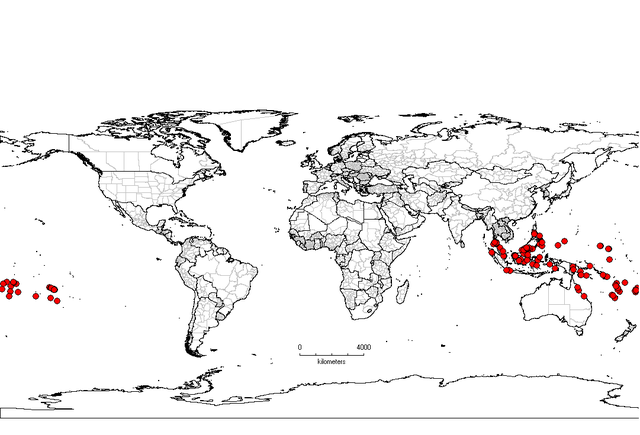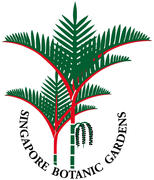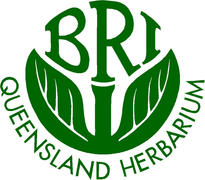Merremia peltata
Nomenclature
Merremia peltata (L.) Merr., Interpret. Rumph. Herb. Amb. 441. 1917.
Convolvulus peltatus L., Sp. Pl. 1194. 1753.
Ipomoea peltata (L.) Choisy, Mém. Soc. Phys. Genève 6: 452. 1834.
Ipomoea nymphaeifolia Blume, Bijdr. 719. 1825.
Merremia nymphaeifolia (Blume) Hallier f., Versl. ‘s Lands Pl.-tuin 1895: 127. 1896.
Description
Staples, G. 2010. Convolvulaceae. Fl. Thailand 10(3): 330–468.
Biogeography, Ecology and Natural History

Widespread from tropical eastern Africa, Madagascar, Indian Ocean and Andaman Islands, Thailand, Malaysia, Singapore, Indonesia, Philippines, New Guinea, New Caledonia, Australia (Queensland), Pacific Islands.
Margins
of evergreen forests, scrub; altitude: 1–150 m.
Flowering: February—April, October–December; fruiting: May.
Staples, G. 2010. Convolvulaceae. Fl. Thailand 10(3): 330–468.
Johnson, R. W. Austrobaileya 8: 55–63. 2009
Other information
In Malesia, corolla color varies from pure white to vivid yellow, with several intermediate shade of yellow in between. While most populations are homogeneous in flower color, in rare instances both color forms can be found in the same tree-top.
Authorship for webpage



Merremia peltata is becoming a serious weed in the Pacific, where it has been introduced to some islands where it is not native, and on islands where it is native human disturbance has allowed the species to aggressively take over places opened up to sunlight.
In natural vegetation, M. peltata is a rampant climber, covering the canopies of the tallest forest trees; it also grows in cleared areas, covering large expanses of bare ground.